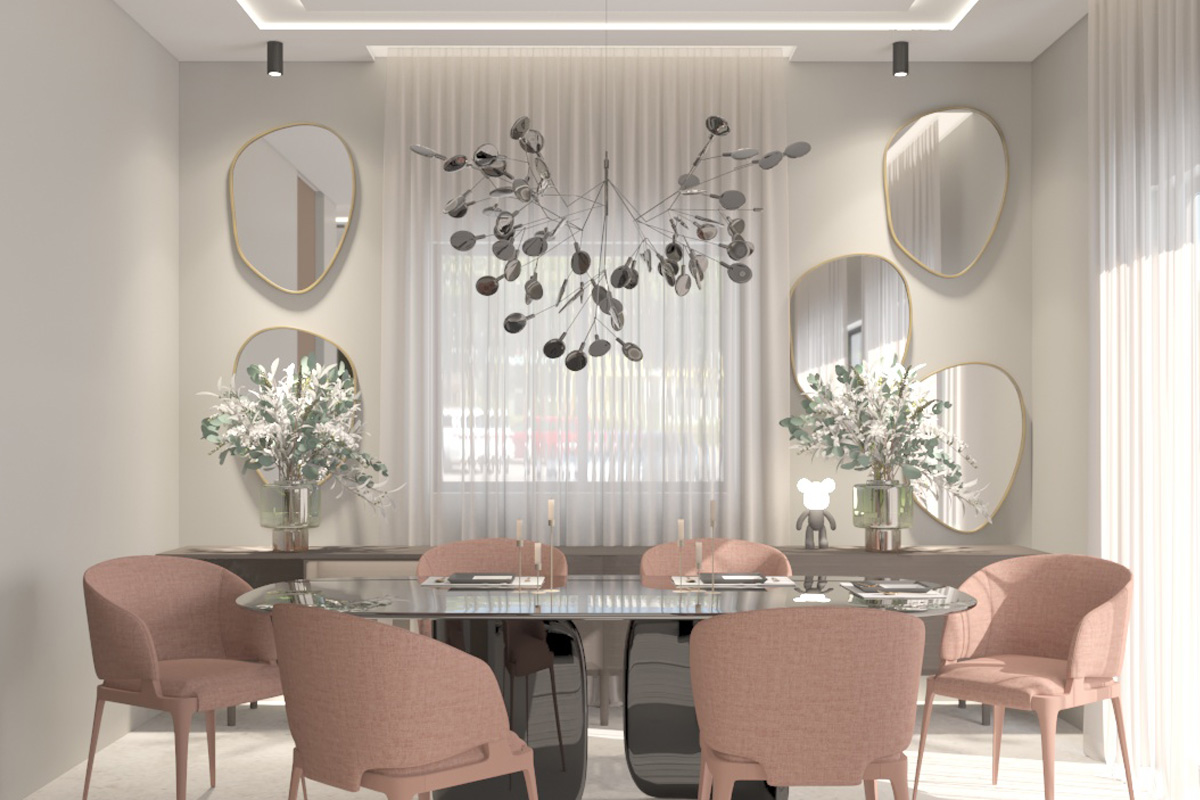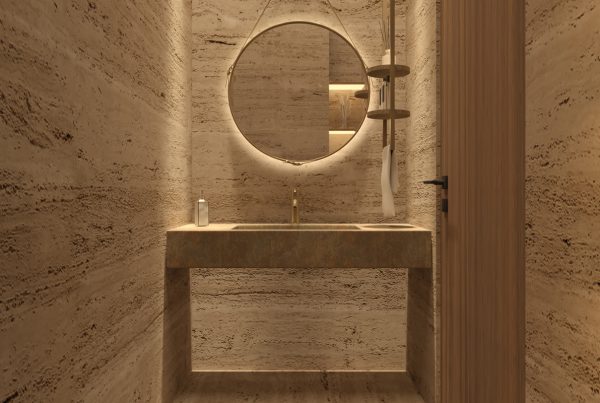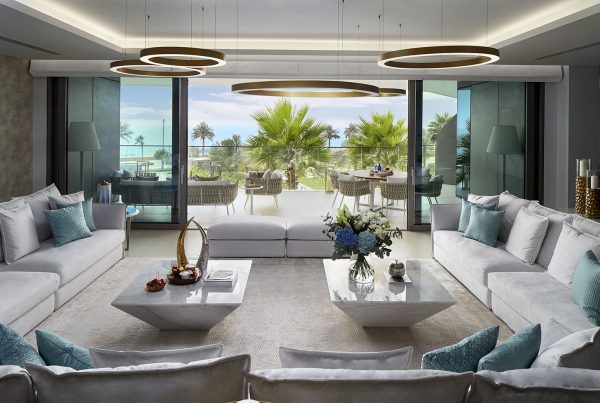Nestled between the Mediterranean Sea and the mountains, Lebanon’s interior design scene is a captivating journey through history, culture, and modernity. In a country known for its resilience and rich tapestry of influences, the world of interior design reflects the nation’s spirit, blending tradition with innovation and creating spaces that are as diverse as the landscapes that define Lebanon.
Historical Echoes in Contemporary Spaces
Lebanon’s ancient history, with its layers of Phoenician, Roman, and Ottoman civilizations, is woven into the fabric of its architecture and design. Today’s interior designers often draw inspiration from historical motifs, embracing intricate mosaic patterns, arched doorways, and traditional Lebanese craftsmanship. This homage to the past not only preserves cultural identity but also adds a timeless elegance to modern interiors.
Beirut: A Hub of Modern Sophistication
At the heart of Lebanon’s design renaissance is Beirut, a city that seamlessly blends the old with the new. The vibrant capital has become a playground for cutting-edge design, boasting avant-garde interiors that mirror the city’s dynamic and cosmopolitan atmosphere. From sleek, contemporary apartments to chic urban spaces, Beirut showcases the epitome of modern Lebanese design.
Regional Influences on Design Aesthetics
Lebanon’s varied geography, from the bustling cityscape to the tranquil coastal towns and mountain retreats, has a profound impact on design preferences. Coastal homes often feature light, breezy designs that incorporate natural elements, while mountain retreats may showcase cozy interiors with warm, earthy tones. The diversity of the Lebanese landscape inspires a broad spectrum of design aesthetics.
Design as a Response to Adversity
Lebanon’s history has been marked by periods of conflict and instability. In the face of challenges, interior designers have displayed resilience, adapting their craft to reflect the changing times. The emphasis on sustainable design, repurposing materials, and the use of locally sourced products underscores the commitment of Lebanese designers to both creativity and environmental responsibility.
Craftsmanship: A Pillar of Lebanese Design
The appreciation for craftsmanship is deeply ingrained in Lebanese culture, and this is evident in interior design. Collaborations with local artisans result in bespoke furniture, handwoven textiles, and intricately detailed pieces that add a touch of authenticity to every project. The commitment to supporting local talent not only preserves traditional crafts but also contributes to the uniqueness of Lebanese design.
Embracing the Global Stage
Lebanese interior designers are not confined to their borders. With an increasing global presence, these creatives participate in international exhibitions, collaborate with renowned brands, and bring a distinctly Lebanese flair to the global design conversation. This exposure not only elevates Lebanon’s design profile but also fosters cross-cultural exchange and inspiration.
Conclusion
Lebanon’s interior design landscape is a captivating exploration of heritage, innovation, and resilience. From the historic streets of Byblos to the modern skyline of Beirut, Lebanese designers navigate a labyrinth of influences, creating spaces that embody the essence of their nation.
In every room, there’s a story – a story of a people who continue to express their creativity, celebrate their history, and embrace the beauty of the present moment through the artistry of interior design.






